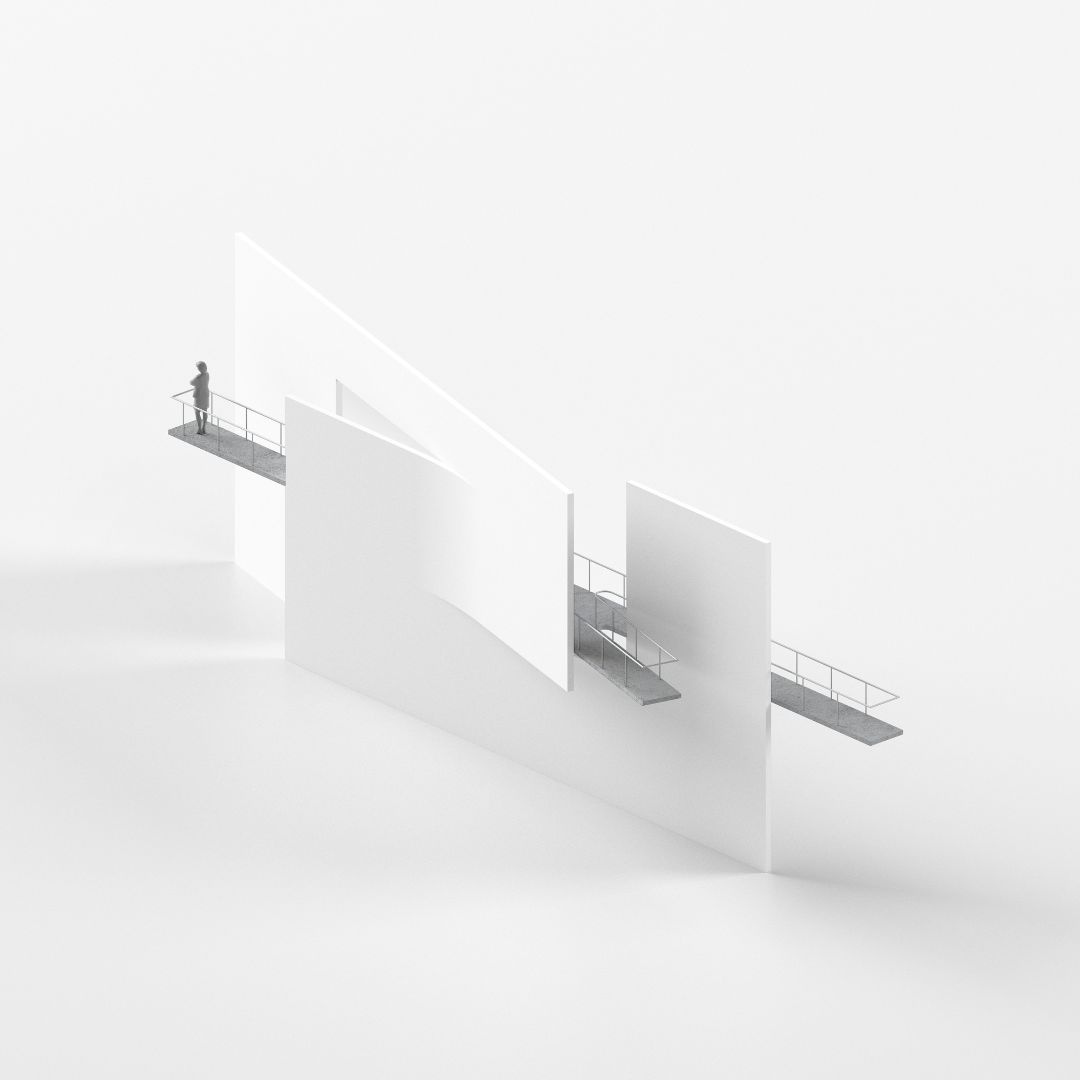Saul Kim presents Architecture Anomaly, focusing on experimental design and departing from the norm.
Saul Kim of Seoul brilliantly offers “Architecture Anomaly”. It’s a unique collection of avant-garde projects that each tell a tale with a minimalist and geometric aesthetic. Also, Saul Kim brilliantly focuses on clean experimental design and deviates from what is usual.
With a Masters’s in Architecture from the Harvard Graduate School of Design, Kim is a highly qualified freelance designer who provides schematic design services for a variety of businesses. Kim also teaches at Domestika and recently gave a lecture at the Pratt Institute School of Architecture on the topic of architecture autobiography.
Furthermore, our minds are taught to follow predetermined conceptions provided by society. And today anything that opposes this seems aberrant, says Kim, eloquently illustrating how his collective memory and belief define a direction for architectural discourse.
Beautifully illustrating the idea of singularity, where one element is altered to achieve variety, is “Architecture Anomaly 133 – Wall Crossing.”
Developing ingenious, futuristic construction techniques that are modest in style.

A wall forms an odd gap between itself. But it keeps its overall dimension and returns to its original state, speaking of both the past and the present.
“Architecture Anomaly 160 – Dormer Door” illustrates how this eclectic object has to shed the presupposition of what it was created for and where it should be positioned by utilizing a dormer, a window located on a sloped roof.
When lowered to the ground, it transforms into the entrance to the house rather naturally and organically.
Kim redefines its purpose for existing by merely changing its place.
The concept of how the ground can become something that is formally autonomous and spontaneous will be in “Architecture Anomaly 164 – Structural Mound”.
It seems as the architecture transfers its structural function to the ground, allowing it to float in the air unchanged.
Moreover, it does it in a targeted manner by highlighting the logic of load transfer on contact.
“I frequently question the ontological nature of everything that constitutes architecture. From the manipulation of architectural parts to their extreme juxtaposition.
Finally, we can accomplish this through the use of anthropomorphism, an effort to give products new life in the hopes of discovering harmonies between harmonious assembly and habitation, continues Kim.

Read more on Archup:
Morrama Renew: a sustainable smartphone with swappable layers


 العربية
العربية